Winter is a season that brings its own set of challenges for homeowners, from freezing temperatures to snow and ice. Certain home improvement projects can increase the value and comfort of your living space. However, it is recommended to avoid certain upgrades during specific times of the year. Completing these projects in cold weather can cause problems, delays and even harm to your home. Here are 10 home upgrades that you should never tackle during the colder months each year.
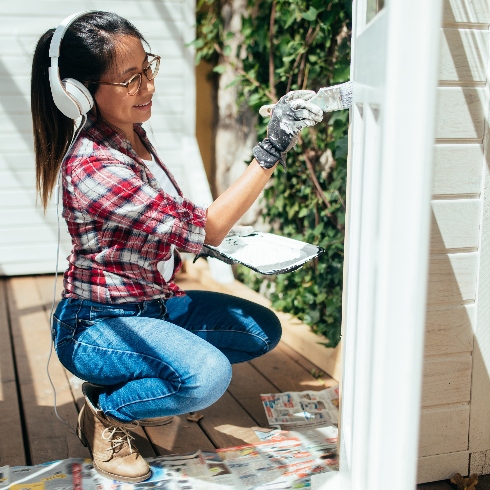
Exterior Painting
Cold temperatures can affect the quality of paint application. Ideally, paint should be applied when temperatures are above 10°C (50°F) to ensure proper drying and adherence. Winter conditions can cause paint to dry unevenly, leading to a less durable finish.
Best time to upgrade: Summer, when the weather is warm and dry but not excessively hot.
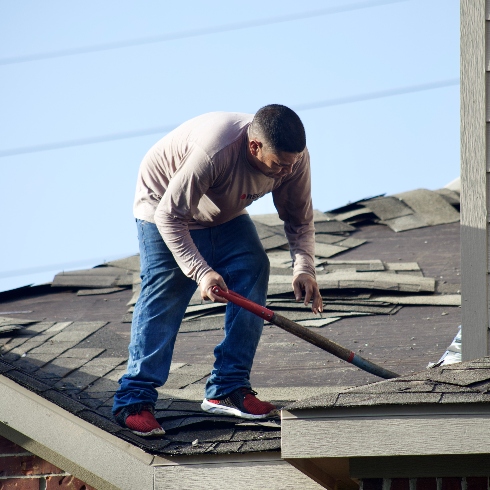
Roof Replacement
Roof replacements are best done in dry and mild weather. During winter, the installation process becomes dangerous for workers due to ice and snow. It can also affect the quality of the roofing materials.
Best time to upgrade: Fall temperatures are most favourable, plus the lower humidity helps shingles to better adhere to the roof.
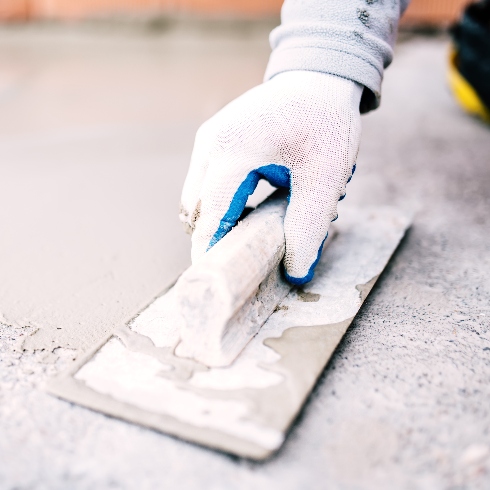
Concrete Work
Pouring concrete in freezing temperatures can result in a weaker final product. The water in the concrete mix can freeze, causing it to expand and potentially crack the newly laid foundation or driveway.
Best time to upgrade: Fall, when temperatures aren’t too hot or too cold and the concrete can set properly.
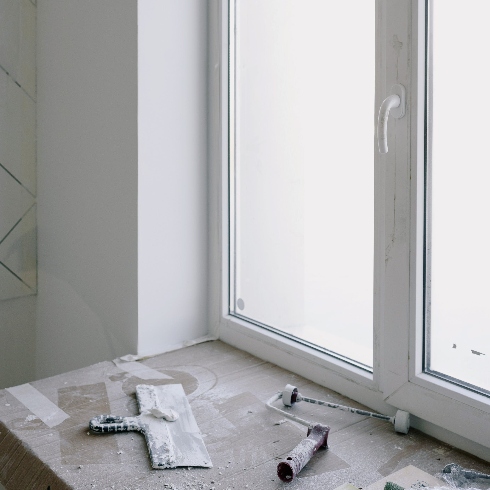
Window Replacement
Installing new windows during winter can lead to drafts and increased energy costs. Proper sealing and insulation are important when replacing windows. Cold temperatures can make these measures less effective.
Best time to upgrade: Spring temperatures work best and will cause the least disruption to the heating or cooling in your home.
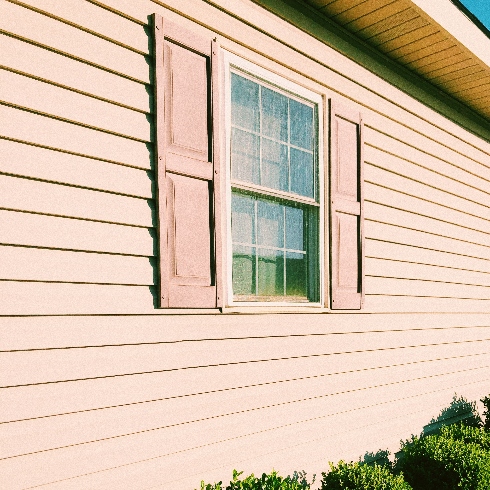
Siding Installation
Like painting, siding installation is best done in moderate temperatures. When it’s cold, siding materials can become brittle, which makes them more likely to get damaged during installation.
Best time to upgrade: Spring, early or late summer, or fall when temperatures aren’t too hot or too cold.

HVAC System Replacements
If you install a new HVAC system in winter, your home may not have proper climate control for a while. Plan such replacements in milder seasons to avoid discomfort.
Best time to upgrade: Spring or fall before extreme heat or extreme cold set in.
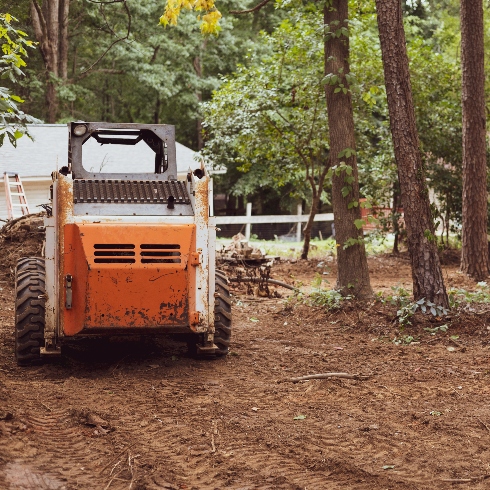
Landscaping Overhauls
Major landscaping projects involving excavation or planting should be postponed until spring. Frozen ground can make it difficult to dig and plant, and newly planted vegetation may struggle to establish roots in colder weather.
Best time to upgrade: Fall is best so plants can take root without the risk of shock from heat or frost.
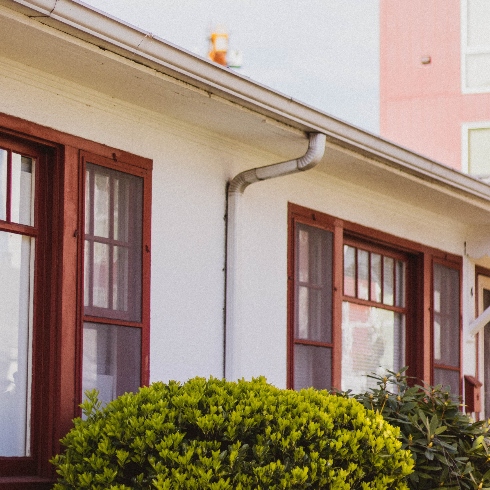
Gutter Installation
Installing or replacing gutters in winter can be challenging due to the potential for ice accumulation. It’s important to have good water drainage, but winter weather can make gutters harder to install.
Best time to upgrade: Spring, when snow has melted and gutters aren’t blocked by leaves from the fall.

Deck Construction
Building a new deck or repairing an existing one is best undertaken when materials can properly cure and set. Winter conditions can hinder this process and may result in a less stable and durable deck.
Best time to upgrade: Fall is best so the qualities of materials, sealants and stains aren’t affected by extreme heat or cold. Plus, you can start using it right away when spring rolls around.
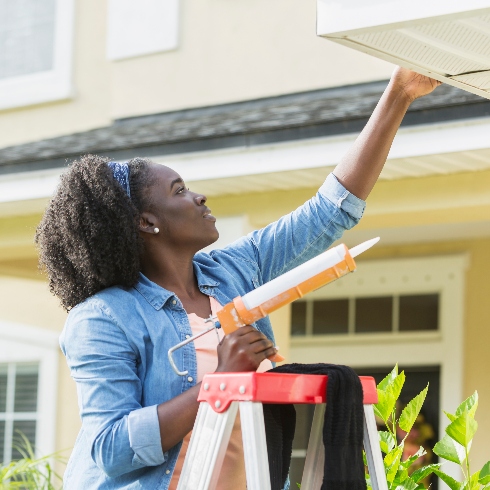
Caulking and Sealing
Applying caulk or sealant in cold weather may compromise the effectiveness of the product. These materials need moderate temperatures to cure and adhere correctly. This ensures a seal that is watertight and airtight.
Best time to upgrade: Spring or fall when temperatures are above 7°C (45°F). You’ll want to aim for a day with low humidity to prevent cracks and swelling due to moisture.
HGTV your inbox.
By clicking "SIGN UP” you agree to receive emails from HGTV and accept Corus' Terms of Use and Corus' Privacy Policy.




